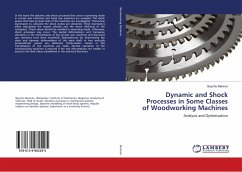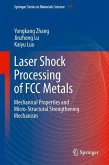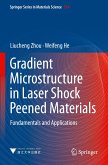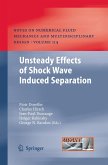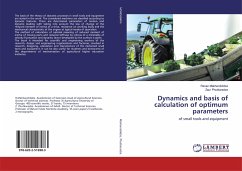This paper investigates the FGH95 powder alloy used for turbine discs, focusing on the laser incidence angle based on the disc's tongue and groove structure. It examines how different LSP treatment parameters affect the surface integrity of FGH95 materials and analyzes the residual stress release mechanism post-treatment, establishing an analytical model for this process.The study explores how laser processing parameters and temperature influence tensile fatigue and micro-motion fatigue performance in relation to damage conditions of turbine disc tongues and grooves. Additionally, it analyzes cracking mechanisms under both types of fatigue.A pressure distribution model is developed to align with the shock wave generated by oblique laser incidence, validated against experimental data. This modified model is then employed for finite element simulations of the tenon-groove structure in FGH95 turbine discs, with results corroborated through experiments.
Bitte wählen Sie Ihr Anliegen aus.
Rechnungen
Retourenschein anfordern
Bestellstatus
Storno



